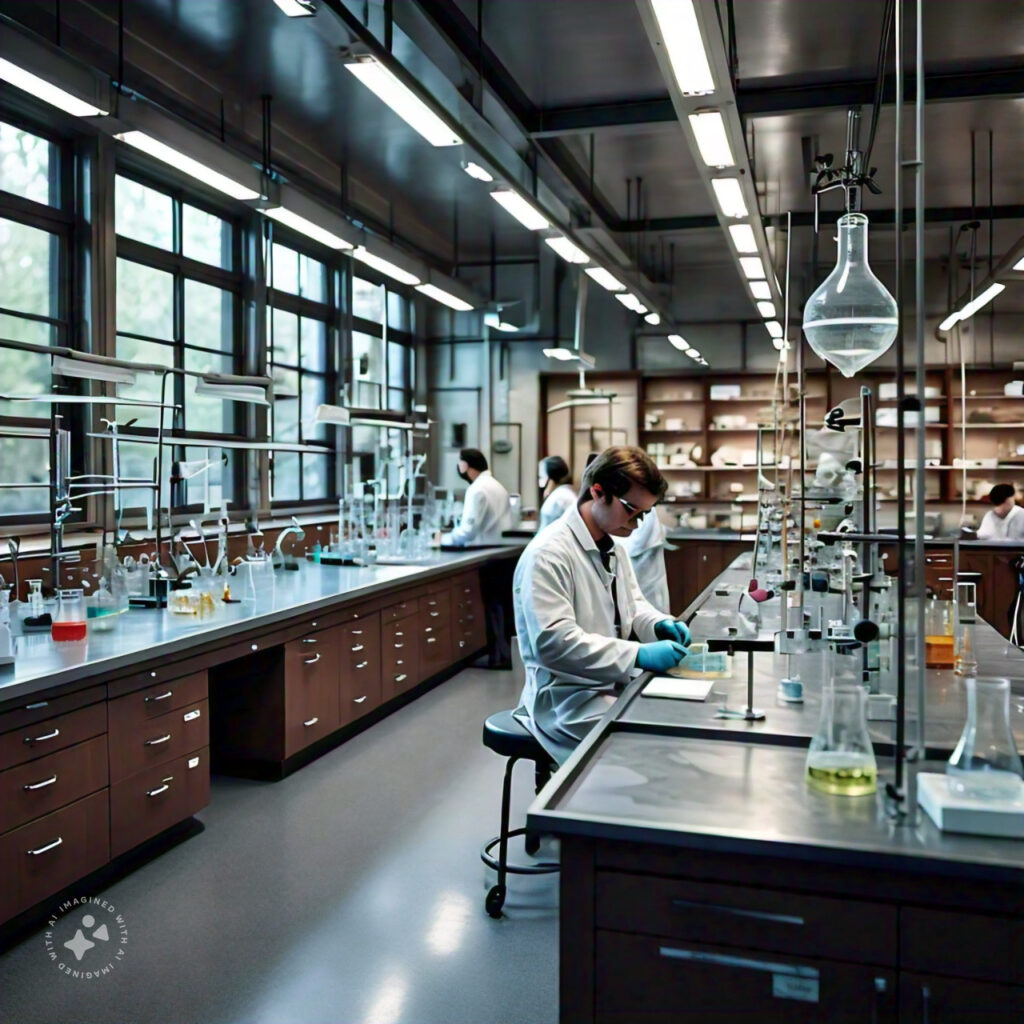Biomolecules and Cell Biology
Biomolecules and Cell Biology

What you'll learn
Fundamental concepts of chemical bonds, water properties, pH, and buffers.
Structure, classification, and biological roles of carbohydrates, lipids, proteins, and nucleic acids.
Energy flow in biological systems, including thermodynamics, ATP function, and redox reactions.
Enzyme structure, mechanisms of action, classifications, and factors influencing activity.
Structural and functional differences between prokaryotic and eukaryotic cells.
Composition and functions of the plant cell wall and plasma membrane, including transport mechanisms.
Course content
7 sections
•
51 lectures
Biomolecules
16 lectures
Types and significance of chemical bonds
Structure and properties of water; pH and buffers
Preview
Carbohydrates: Nomenclature, classification, and roles of monosaccharides, disaccharides, and polysaccharides
Preview
Isomers and derivatives of glucose; glucosamine and gluconic acid
Preview
Lipids: Storage and structural types, fatty acids, and triacylglycerols
Preview
Phospholipids: Structure and functions
Lipid micelles, monolayers, bilayers, and lipid-related cell signaling
Proteins: Structure of amino acids, peptide bonds, and levels of protein structure
Preview
Isoelectric point, protein denaturation, and biological roles of proteins
Nucleic acids: Types, Structure and function of nitrogenous bases and nucleotides
Structure of A, B, Z DNA forms
Preview
Sphingolipid – Definition, Structure, Types, Functions
Preview
Classification of Protein On the Basis of Structure, Composition, Functions
Preview
DNA – Definition, Structure, Properties, Types, Functions
Preview
Types of RNA with Structure and Functions
Preview
RNA – Definition, Structure, Types, Application
Preview
Bioenergetics
3 lectures
Laws of thermodynamics and concepts of free energy
Preview
Endergonic, exergonic, and coupled reactions
Redox reactions and the role of ATP as an energy currency molecule
Enzymes
6 lectures
Structure of enzymes: Holoenzymes, apoenzymes, cofactors, and prosthetic groups
Preview
Enzyme classification and features of active sites
Preview
Michaelis-Menten equation and enzyme inhibition
Preview
Factors affecting enzyme activity
Preview
What is Induced Fit Model? – Mechanism, Advantages, Limitations
Preview
What is Lock and Key Model? – Mechanism, Advantages, Limitations
Preview
The Cell
3 lectures
Cell Wall and Plasma Membrane
5 lectures
Chemistry, structure, and function of the plant cell wall
Preview
Overview of membrane function and the fluid mosaic model
Preview
Chemical composition of membranes Lesson
Membrane transport mechanisms: Passive, active, facilitated transport, endocytosis, and exocytosis
Preview
Fluid Mosaic Model of Plasma Membrane
Preview
Cell Organelles
12 lectures
Nucleus: Structure, nuclear envelope, nuclear pore complex, nuclear lamina, and chromatin organization
Preview
Nucleolus: Structure and function
Preview
Cytoskeleton: Microtubules, microfilaments, and intermediate filaments
Preview
Chloroplast: Structural organization and semiautonomous nature
Preview
Peroxisomes: Structure and function
Preview
Endomembrane system: Structure and roles of the endoplasmic reticulum
Preview
Endoplasmic Reticulum (ER) – Structure, Functions and Diagram
Preview
Golgi apparatus: Protein glycosylation, sorting, and export
Preview
Lysosomes: Structure and function
Preview
mitochondria
Preview
Differences Between Mitochondria and Chloroplast – Mitochondria vs Chloroplasts
Preview
Rough vs Smooth Endoplasmic Reticulum
Preview
Cell Division
6 lectures
Eukaryotic cell cycle: Phases and regulation
Preview
Mitosis: Process and stages
Preview
Meiosis: Process, stages, and significance
Preview
Regulation of the cell cycle
Preview
Differences between Mitosis and Meiosis – Mitosis vs Meiosis
Preview
Checkpoints in the Cell Cycle – G1, G2, Metaphase (Spindle) Checkpoints
Preview
1 found this helpful out of 1 votes
Helpful: 100%
Helpful: 100%
Was this page helpful?